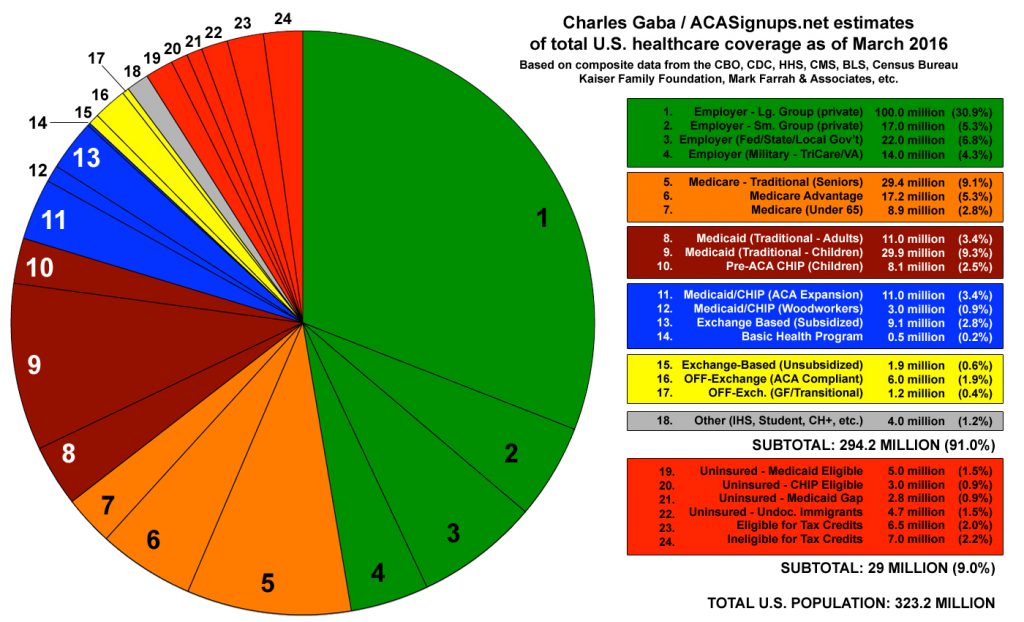What difference does it make what kind of health care we have?
It makes a huge difference and is one of the most important decisions we need to make as a country. None of us know what will happen to us personally in terms of need for healthcare. But we do know that it is a matter of life and death for many, a matter of financial ruin for many and can change lives dramatically. How do we want to be treated if we need healthcare?
The US, like all industrialized countries, has a goal of providing healthcare to its citizens. For comparison, most other countries pay half as much as the US and achieve better health outcomes for its citizens. By most estimates, the United States spends between $3 and $4 trillion on health care annually, a sizeable 17% of our GDP. The U.S. is the most expensive country for medical care. Yet when a recent report ranked 55 developed nations in terms of health care efficiency — based on life expectancy, healthcare costs per capita and costs as a percentage of GDP — the U.S. fell near the bottom, consistently ranking behind other industrialized countries. As an example, Americans’ average life expectancy (78.8 years) is lower than that of Australia, Canada, Denmark, France, Germany, Japan, the UK, and several others. And when it comes to infant mortality, the World Health Organization reports America’s rate of birth-to-five mortality is notably higher than most other OECD countries The key difference for the high cost is easy to determine. The US has a hybrid system – both private and government healthcare insurance – so the overall cost to administer, to pay for drug prices, pay for labor, to ensure profit make US costs much higher. The answer to why we have worse health outcomes is more complex and it is challenging to summarize such a complex subject.

